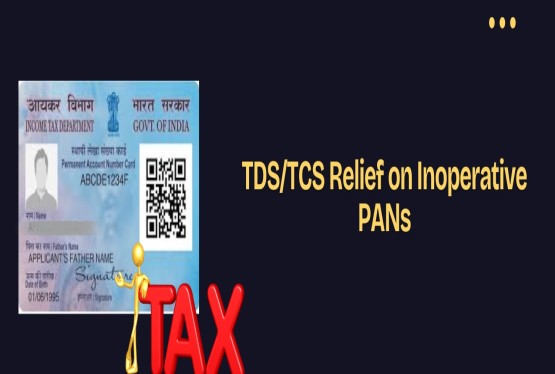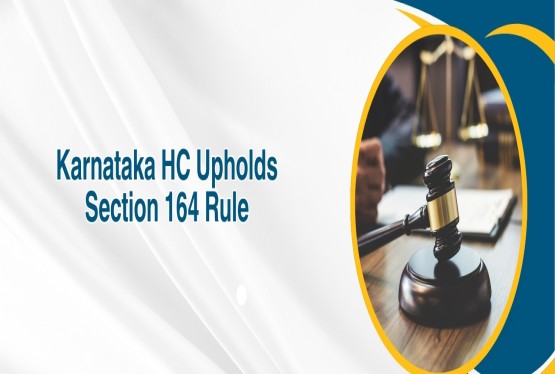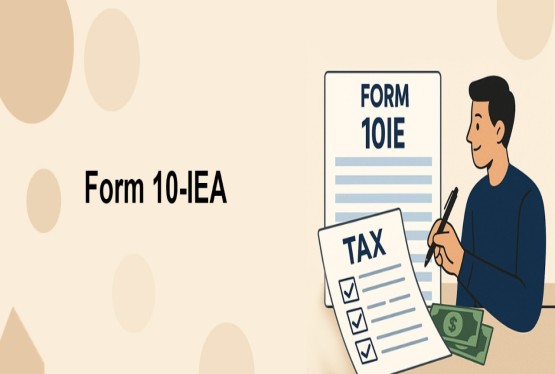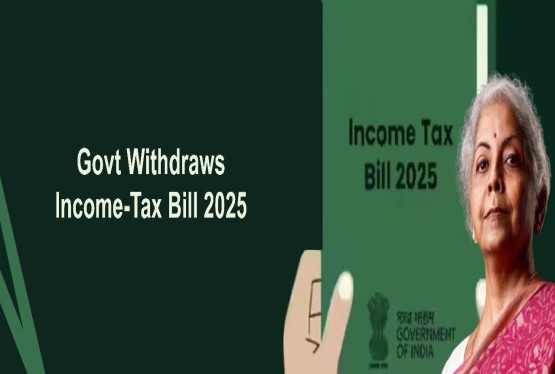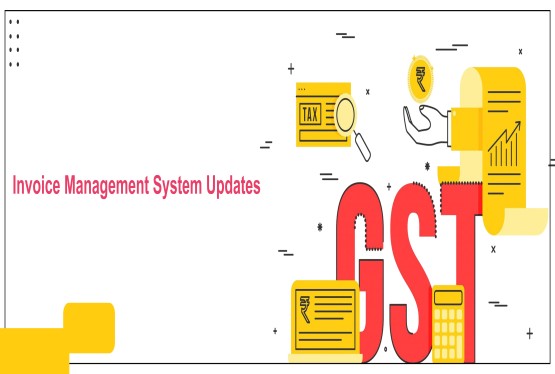Dividend Distribution Tax (DDT) was a tax levied on companies distributing profits to their shareholders in the form of dividends. Before 2020, Indian companies were required to pay this tax before releasing the dividend to investors. DDT was introduced under the Finance Act of 1997 with an aim to simplify tax compliance and reduce the burden on shareholders. However, it created a cascading effect of taxation since the company paid tax on the distributed income and the shareholders had to include dividend income in their taxable income under certain cases. The government addressed this issue by abolishing DDT in the Finance Act, 2020.
What is Dividend Distribution Tax?
Dividend Distribution Tax (DDT) was a special tax levied on domestic companies when they declared, distributed, or paid dividends to their shareholders. It was applicable only to companies and not directly to shareholders. The purpose of DDT was to collect tax revenue at the point of profit distribution, reducing the complexity of taxing numerous individual shareholders. Under the Income Tax Act, the provisions for DDT were covered under Section 115-O. The DDT was payable on the gross amount of dividend, and it included surcharge and cess in the final calculation.
Who is Liable to Pay DDT and at What Rate?
Any domestic company that paid dividends to its shareholders was responsible for paying DDT. The standard rate of DDT was 15% on the grossed-up dividend amount as per Section 115-O. However, when surcharge and cess were included, the effective tax rate came to approximately 20.56%. This meant that for every Rs. 100 distributed as dividend, the company had to pay around Rs. 20.56 in tax.
There was an exception under Section 2(22)(e) of the Income Tax Act. If a closely held company distributed loans or advances to a shareholder who held at least 10% voting power, then the distribution was treated as dividend and taxed at a higher DDT rate of 30% excluding surcharge and cess.
Example of DDT Calculation
Suppose a company declared a dividend of Rs. 2,00,000. The grossed-up dividend amount would be calculated by adding 17.65% to the declared amount. That is:
Grossed-up dividend = Rs. 2,00,000 + (17.65% of Rs. 2,00,000) = Rs. 2,35,300
Now, DDT payable = 15% of Rs. 2,35,300 = Rs. 35,295
When surcharge and cess are added, the effective tax may rise up to Rs. 41,120, roughly giving an effective DDT rate of 20.56%.
When is DDT to be Paid?
As per Section 115-P of the Income Tax Act, the company was required to pay DDT within 14 days from the earliest of the following:
-
The date of declaration of the dividend
-
The date of distribution of the dividend
-
The date of payment of the dividend
If the company failed to pay the tax within the prescribed time, interest was charged at the rate of 1% per month or part thereof. This interest was payable from the date immediately after the due date till the date the DDT was actually paid to the government.
Special Provisions Related to DDT
There were some specific provisions under DDT law:
-
If individuals, Hindu Undivided Families (HUFs), partnership firms, or private trusts received dividend income exceeding Rs. 10 lakh in a financial year, they had to pay an additional income tax of 10% on the excess amount. This was aimed at high-net-worth individuals.
-
In case of holding and subsidiary companies (both domestic), the amount of dividend received by the holding company from its subsidiary was allowed as a deduction while calculating DDT. So, DDT was payable only on the net dividend distributed by the holding company after deducting the dividend already received.
Dividend Distribution Tax on Mutual Funds
Mutual funds were also subject to DDT, though the structure varied depending on the type of fund:
-
Debt-Oriented Mutual Funds: These were taxed at 25% DDT. When surcharge and cess were added, the total tax came to around 29.12%.
-
Equity-Oriented Mutual Funds: These were initially exempt from DDT. However, Budget 2018 introduced a 10% DDT on equity mutual funds, raising the effective rate to approximately 11.648% after including surcharge and cess.
In both cases, the DDT was deducted and paid by the mutual fund house and not the investor. Therefore, dividends received by the fund holder were exempt in their hands.
Considerations for DDT Tax
-
No Double Deduction: Companies were not allowed to claim DDT paid as an expense. It was an additional tax paid over and above income tax.
-
No Set-Off or Loss Deduction: Investors could not claim any expenses or set-off any losses against the dividend income.
-
New Pension System (NPS) Trust Exemption: Dividends paid to NPS Trust were not subject to DDT.
-
Foreign Dividend Income: If an Indian company received dividends from its foreign subsidiary, it was eligible for a concessional tax rate of 15% under Section 115BBD. This was a move to promote global expansion of Indian companies.
New Provisions After Abolition of DDT
In Budget 2020, the government abolished DDT and shifted the tax burden to shareholders. This change was made to eliminate the cascading effect of taxation and provide relief to investors, especially those in lower income brackets.
From FY 2020-21 onwards, dividends are taxable in the hands of shareholders as per their applicable income tax slab. For instance, a person in the 30% tax bracket will now pay 30% tax on the dividend income received.
TDS on Dividends
As per the new provision, a domestic company is now required to deduct TDS at the rate of 10% if the dividend payment exceeds Rs. 5,000 in a financial year to a resident shareholder. The deducted tax can be claimed as a credit while filing the income tax return.
To avoid TDS, shareholders can submit Form 15G or Form 15H if their total income is below the taxable limit. This declaration helps senior citizens and small investors avoid unnecessary tax deductions on their dividend income.
Impact on Investors After DDT Abolition
The removal of DDT has shifted the tax liability but brought certain benefits for investors. Shareholders in lower tax brackets benefit since earlier companies paid a flat DDT rate, which was high. Now such investors are taxed based on their actual income tax slabs, which may be lower.
However, high-income investors now pay more on dividend income than before, because their applicable slab rates (say 30%) are higher than the earlier effective DDT rate of 20.56%.
Is Dividend Scheme Still Attractive?
Investors seeking consistent income through mutual fund dividends must now re-evaluate their strategy. Dividend payouts often result in deduction of tax before distribution, thereby lowering the net income. Further, dividends can affect the compounding effect which is essential for long-term wealth creation.
Equity mutual funds that invest heavily in stocks may not be ideal for regular dividend income anymore. A growth option is more tax-efficient and allows investors to reap the benefit of compounding.
Conclusion
Dividend Distribution Tax (DDT) was a unique tax mechanism aimed at collecting tax at the source of profit distribution. Although it was effective in its time, the DDT regime had drawbacks like double taxation and uniform treatment of investors regardless of their income levels. The abolition of DDT and the new dividend taxation system introduced in 2020 has made the tax structure more equitable and transparent.
Investors must now be more aware of their dividend income and its impact on their overall tax liability. It is essential to plan dividend income considering one’s tax slab and to use tax-saving tools such as Form 15G/H where applicable.
If you need any support or guidance, you can book a consultation with Compliance Calendar experts through email at info@ccoffice.in or Call/Whatsapp at +91 9988424211.
FAQs
Q1. What is Dividend Distribution Tax (DDT)?
Ans. Dividend Distribution Tax (DDT) was a tax paid by domestic companies in India when they distributed dividends to their shareholders. It was introduced in 1997 to simplify tax collection on dividends. Companies had to pay this tax before distributing profits to investors. However, DDT was abolished in 2020, and now shareholders are taxed directly on dividend income.
Q2. Who was responsible for paying DDT?
Ans. Under the previous regime, domestic companies declaring or distributing dividends were required to pay DDT. The tax was not deducted from shareholders' income; instead, it was paid by the company out of its profits. This made dividends tax-free in the hands of shareholders at that time, except in certain high-income cases.
Q3. At what rate was DDT levied on companies?
Ans. DDT was levied at 15% on the grossed-up dividend amount under Section 115-O of the Income Tax Act. When surcharge and cess were included, the effective rate came to approximately 20.56%. For certain deemed dividends under Section 2(22)(e), a higher rate of 30% was applicable (excluding surcharge and cess).
Q4. When was DDT required to be paid by the company?
Ans. Companies had to pay DDT within 14 days from the date of declaration, distribution, or payment of dividends—whichever was earliest. Failure to pay DDT within this time attracted an interest charge of 1% per month or part thereof until the actual date of payment to the government.
Q5. How did Budget 2020 change dividend taxation in India?
Ans. In Budget 2020, the government abolished DDT and shifted the tax burden to shareholders. Now, dividends are taxed as part of the shareholder’s income based on their applicable income tax slab. Companies no longer pay DDT, but they must deduct TDS at 10% on dividend payments above Rs.5,000.
Q6. Are mutual funds also liable for DDT?
Ans. Yes, mutual funds were also subject to DDT before 2020. Debt-oriented mutual funds paid DDT at 25% (effective rate ~29.12%) and equity mutual funds paid 10% DDT (effective rate ~11.648%) after Budget 2018. Post-abolition of DDT, dividends from mutual funds are now taxed in the hands of investors.
Q7. Is there any TDS applicable on dividend income after DDT abolition?
Ans. Yes. Under the new rules, if a company pays a dividend exceeding Rs.5,000 in a financial year to a resident shareholder, it must deduct TDS at 10%. However, shareholders with total income below the taxable limit can submit Form 15G or Form 15H to avoid TDS deduction.

_learn_crop6_thumb.jpg)






_crop10_thumb.jpg)


















































































_for_FY_2025-26_crop10_thumb.jpg)












_learn_crop10_thumb.jpg)








_Filing_Due_Dates_for_FY_2024-25_learn_crop10_thumb.jpeg)


























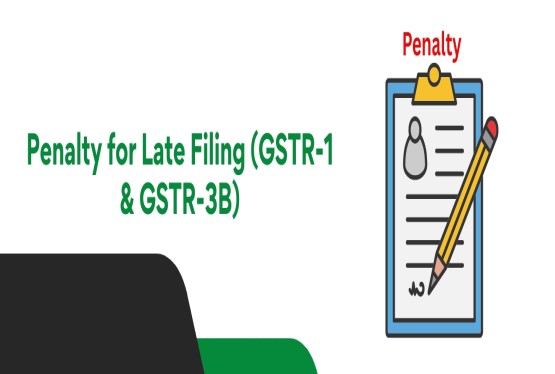












_of_GST_Act_learn_crop10_thumb.jpg)










_Under_GST_learn_crop10_thumb.jpg)









_crop10_thumb.jpg)


_crop10_thumb.jpg)




























_of_the_Income_Tax_Act_learn_crop10_thumb.jpg)



_learn_crop10_thumb.jpg)






_learn_crop10_thumb.jpg)






_crop10_thumb.jpg)




















_in_The_Income_Tax_Act,_1961_learn_crop10_thumb.jpg)



_learn_crop10_thumb.jpg)



_of_the_Income_Tax_Act_learn_crop10_thumb.jpg)

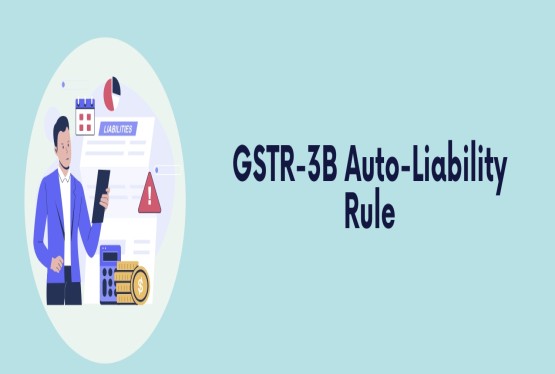
_Of_Income_Tax_Act_learn_crop10_thumb.jpg)








_learn_crop10_thumb.jpg)








_learn_crop10_thumb.jpg)
_crop10_thumb.jpg)

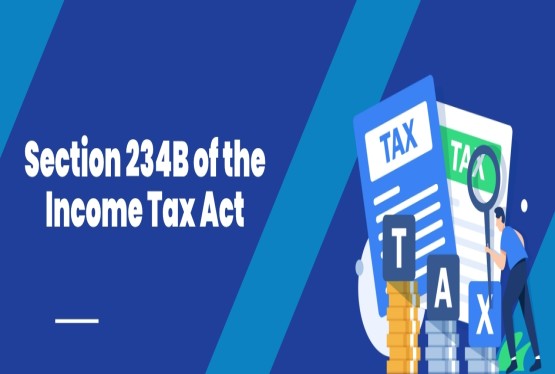




















_learn_crop10_thumb.jpg)
_for_Import_and_Export_learn_crop10_thumb.jpg)











